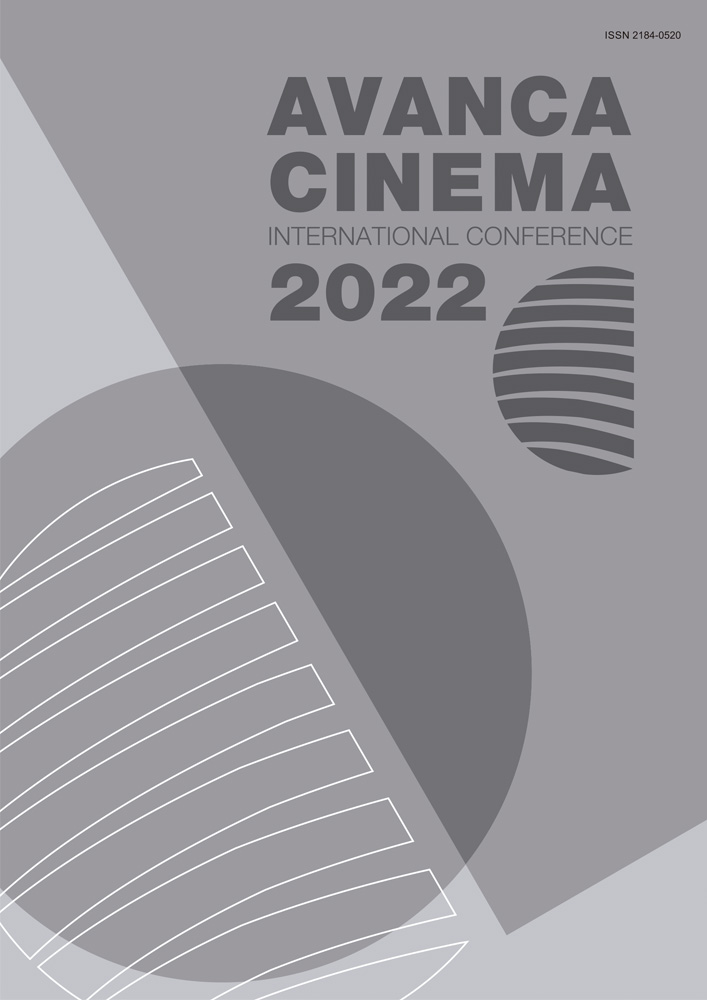Chapter I _ Cinema - Art
A Menina do Mar (The Sea’s Girl) by Sophia de Mello Breyner: how Fernando Lopes-Graça, Bernardo Sassetti, Filipe Raposo and Edward Luiz Ayres de Abreu built their own performative versions from this work
Abstract
In the year of the centennial of Sophia de Mello Breyner, we accessed to numerous initiatives that have the intent of honoring the author. Among them, we name the edition of “A Menina do Mar”, “A Floresta”, “A Fada Oriana” and “O Menino de Bronze”, that have always inspired the imagination of children. We also find numerous proposals that shows the inspiration of the composers and artists on the author’s texts, namely “A Menina do Mar”.
The metamorphosis into a musical short story in Ayres de Abreu’s 2019 version was for us the starting point for a broader search for other versions of the work. It should be noted that not only Ayres de Abreu is interested in the work, but Sassetti and Raposo, as well as Lopes-Graça, understand the treasure of its speech and imaginary sound, musical, plastic and visual richness.
In this context, we intend to reflect on the way how Lopes-Graça approaches the text, but also Sassetti and Raposo, as well as Ayres de Abreu. We want to know how they inform it, through conceiving different performance registers of the work. From its analysis, we intend to assess the solutions, as well as the evolution proposed in them. How are the successive episodes of the narrative treated? How are the speeches in the text informed? Faced with an intense and peculiar language like Sophia’s, we expect to find out to what extent A Menina do Mar (re)says and (re)interprets itself in the proposed performative versions.

This work is licensed under a Creative Commons Attribution 4.0 International License.

